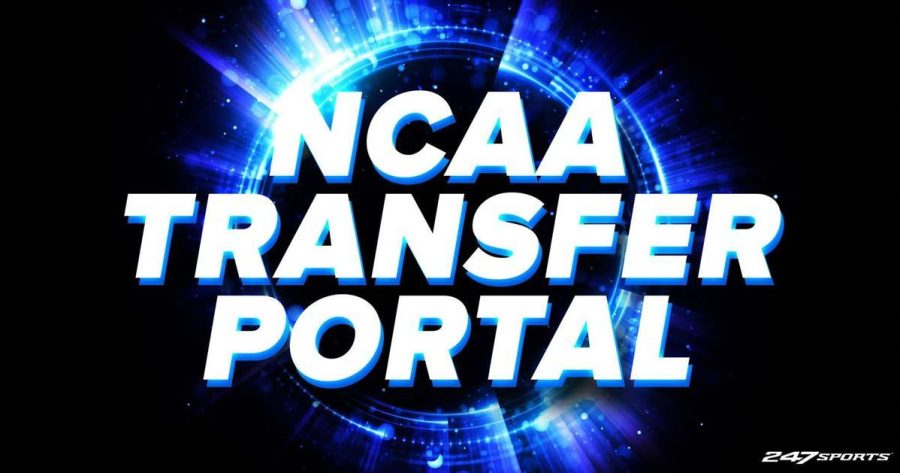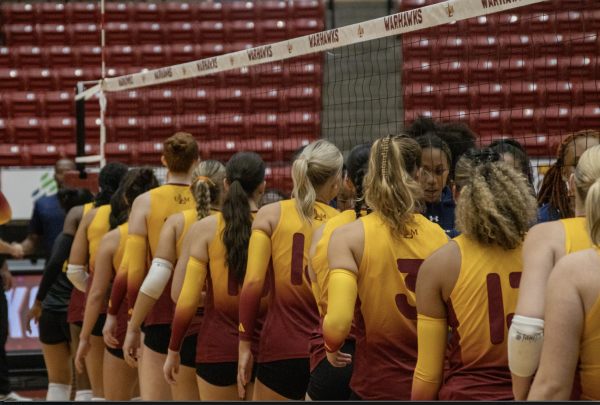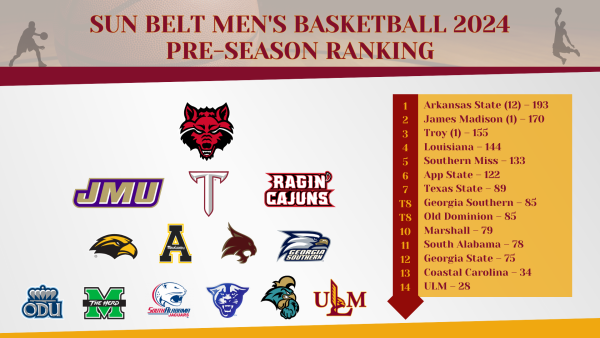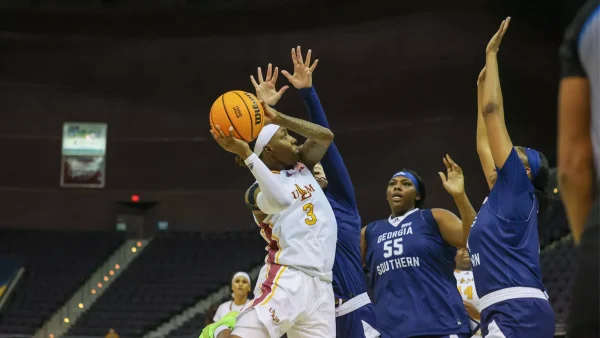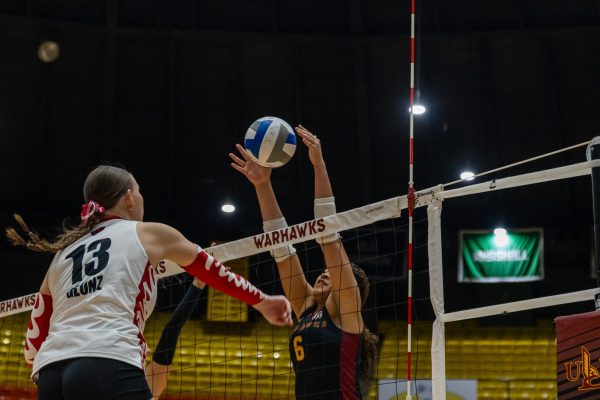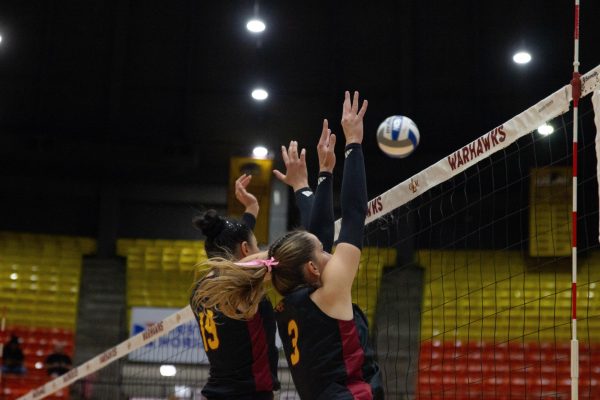Transfer portal created college free agency
In 2018, the NCAA introduced the modernized transfer portal. It was a new system in which athletes could transfer to other schools with less restrictions than before. Previously, undergraduate players could transfer to another school to play but it would cost them a year of play time.
A revision was made in 2021 to the transfer portal—all athletes, graduate and undergraduate were immediately eligible to play for their new team the following season.
While the transfer portal has given more opportunities to student athletes, the portal is more harmful than good.
From a player’s perspective, the transfer portal is overall a positive system, as it provides more options for a player. For example, if a player is unsatisfied with their current school, they can now go to any school they want without preexisting restrictions. These restrictions included limiting transfer to a school in the same conference.
However, the transfer portal particularly harms the programs who aren’t the cream of the crop. If your university is not one of the top dogs, the portal is a harmful system.
The portal has lowered the value of high school recruiting. A commitment to a school means less now than ever before, since the portal is now always an option, it feels like athletes don’t really commit when coming out of high school. What used to be a three to four year commitment can be taken away after one season.
Some schools now don’t even bother with recruiting players out of high school. For example, the 15-man recruiting class for Texas State football in 2021 only consisted of transferring players from other schools.
The transfer portal also provides a disadvantage to the smaller programs.
Let’s say for example that ULM has an elite level player yet the team has a losing season. Any star player on a team could transfer away to a team with better odds at a winning season, unless they felt compelled to stay at their current program.
Now with the name, image and likeness ruling (NIL) in place, the transfer portal is now equivalent to free agency. Schools can now offer NIL deals to athletes, which is basically like offering them a contract to play for them.
Although the transfer portal does have its benefits, it still produces more bad than good, and it has many problems which can deteriorate the tradition of college sports.


